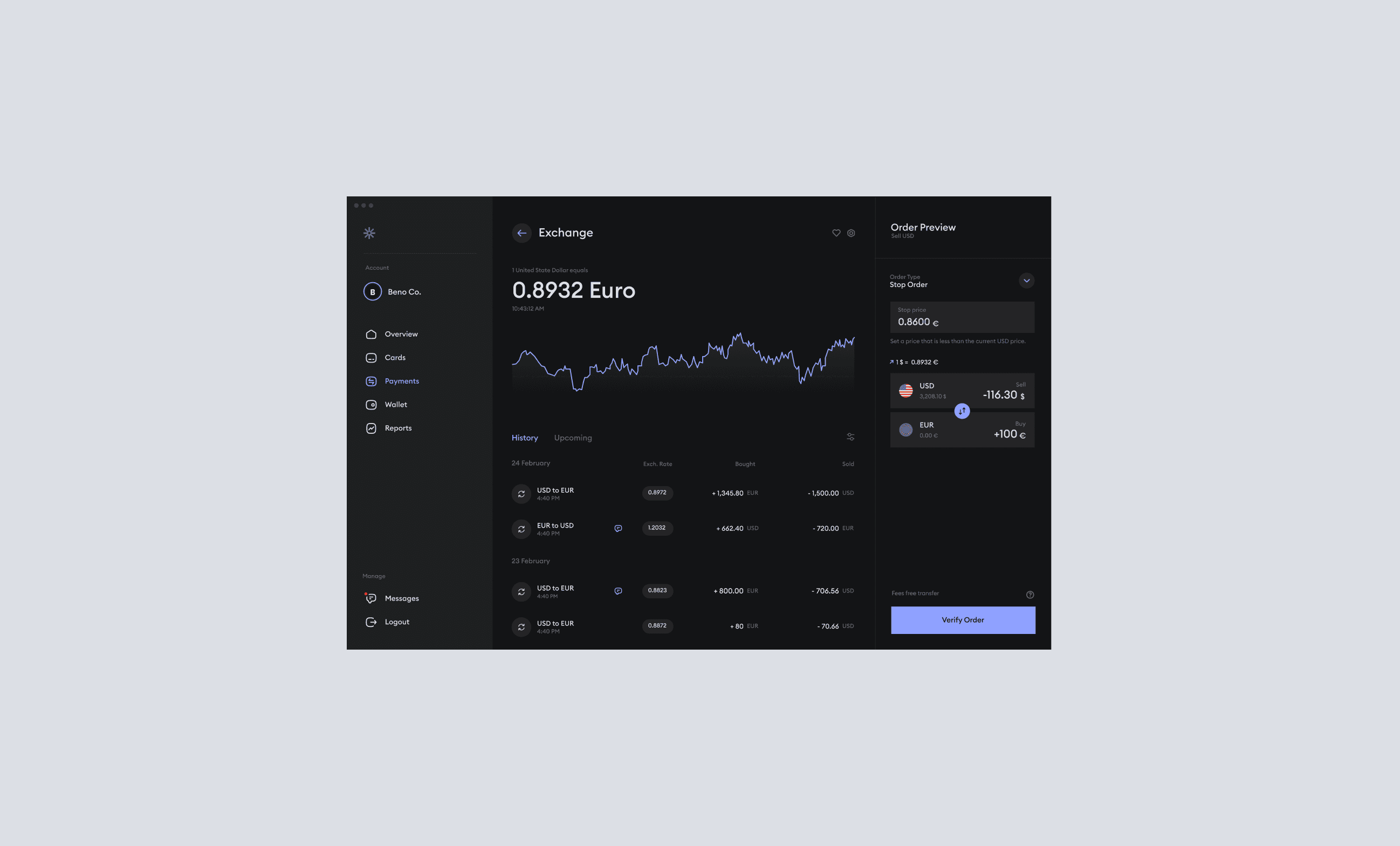Quick summary
Many of our credit cards were going to waste, either by non delivery of the card (wrong address, changed address, etc.) and we were absorbing the cost. We needed to create a plan to reduce our card (plastic) costs.
User flow - Refined UX to delivery increase success
User flow - Refined UX to delivery increase success
User flow - Refined UX to delivery increase success
Before / After refined UX
Before / After refined UX
Before / After refined UX
Role & objective
As the Product Designer embedded on the Card Team, I led UX strategy, prototyping, and design refinement to reduce physical credit card program costs. The objective was to minimize card waste by refining the user experience around card issuance and delivery—while improving delivery success and maintaining access for users who rely on physical cards.
Approach & execution
In collaboration with product, engineering, and research, I redesigned the onboarding flow and applied new logic: physical cards would no longer be auto-shipped at signup. Instead, users could request a card or unlock one through meaningful actions (e.g., adding funds). I introduced gamified logic, Google Places API validation, and simplified address confirmation screens to improve the user journey and reduce friction.
Results + metrics
These changes resulted in a $1K reduction in card costs within the first month, with a projected $45K annual savings. Address confirmation updates and better input validation also improved delivery success by 12%, lowering the volume of customer support requests due to failed deliveries or duplicate card requests.
Insights & iteration
We uncovered key gaps in our original registration flow—such as not confirming addresses before shipping cards—which led to failed deliveries. We also found that our MFA flow created awkward friction. These insights guided future iterations, including more intuitive bottom sheets for authentication and improved wallet prompts.
Outcome
This project delivered substantial cost savings, improved operational efficiency, and provided a more responsible and user-friendly onboarding flow. It reinforced the importance of refining default flows and aligning product logic with evolving user needs and business goals.









